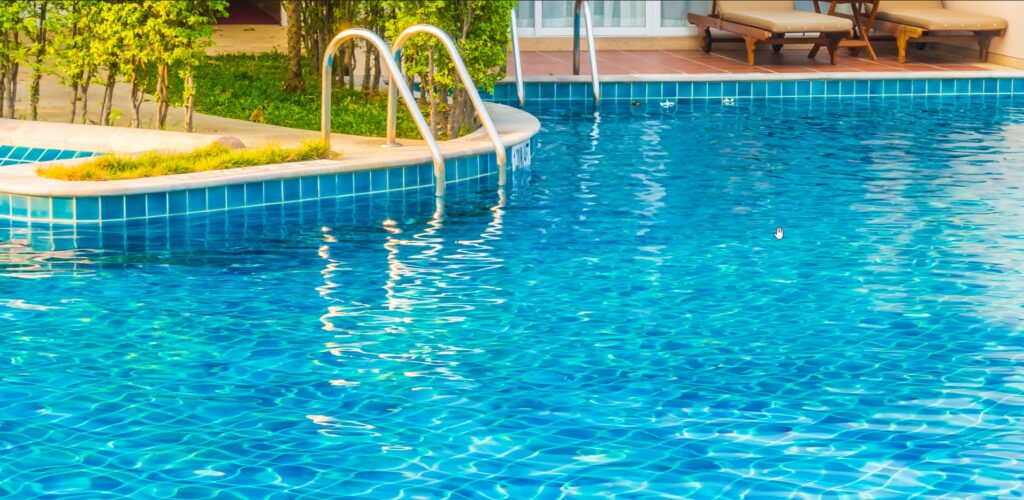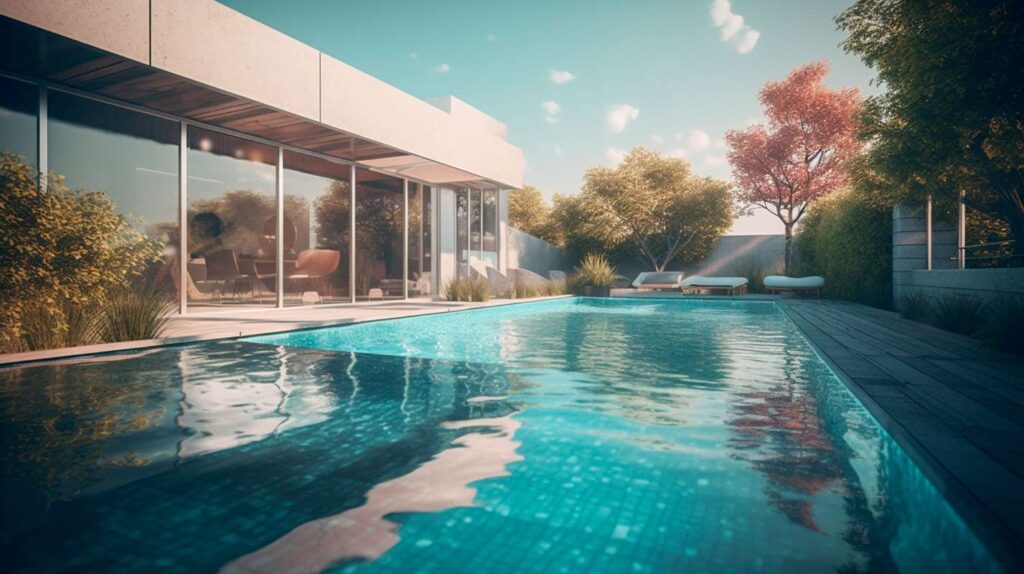Emerging Tech for Chemical-Free Pool Sterilization
Discover innovative technologies for chemical-free pool sterilization to enhance safety and sustainability in your swimming experience.
This blog post explores the latest advancements in chemical-free pool sterilization technologies, shedding light on their significance in promoting cleaner, safer swimming environments. As environmental consciousness grows and health concerns rise, innovative solutions like UV-C light, ozone generation, and salt chlorination become crucial for pool maintenance. We will delve deep into each technology, discussing how they work, their benefits, and practical applications, ensuring you’re well-informed about your options for a chemical-free swimming experience.
Understanding the Need for Chemical-Free Pool Sterilization
In recent years, public awareness surrounding health and environmental issues has surged, leading many pool owners to question the traditional methods of pool sanitation that rely heavily on chemicals. Chlorine, while effective, has garnered criticism for its potential health risks and environmental impact. – Health Concerns: Many swimmers experience skin irritations, respiratory problems, and allergic reactions tied to chlorine-based treatments. Chemical-free alternatives present a safer option for both swimmers and the environment. – Environmental Impact: The runoff from chemical-laden pools can contribute to water pollution, affecting local ecosystems. As eco-friendly practices gain traction, chemical-free options provide a sustainable solution.Emerging technologies such as UV-C light sterilization, ozone disinfection, and saltwater systems are stepping in to offer effective alternatives that minimize chemical usage while maintaining water quality.
UV-C Light Sterilization: How It Works
UV-C light sterilization is a revolutionary method for pool sanitation that uses ultraviolet light to kill harmful bacteria and viruses in the water. This process offers a range of compelling benefits:- How it Works: UV-C light systems are installed within the pool’s circulation system. As water passes through the UV chamber, it is exposed to UV-C light, which disrupts the DNA of microorganisms, rendering them inactive.- Benefits: – Chemical Reduction: By utilizing UV-C light, pool owners can significantly reduce the amount of chlorine and other chemicals needed, promoting a healthier swimming environment. – Immediate Effectiveness: Unlike chemical treatments that can take time to work, UV-C light provides instant disinfection, which is especially advantageous during peak swimming seasons. – Maintenance of Water Clarity: UV-C systems help to maintain water clarity and prevent the formation of chloramines, the compounds responsible for that tell-tale “chlorine smell” and eye irritation.- Real-World Applications: Many commercial pools, spas, and even residential pools are increasingly adopting UV-C systems. Notable case studies indicate significant improvements in swimmer satisfaction and reduced chemical costs.
Ozone Generation: The Power of Active Oxygen
Ozone (O3) is a powerful oxidizing agent that can efficiently disinfect pool water without the need for harsh chemicals. The use of ozone generation in pools is rapidly gaining popularity due to its effectiveness and eco-friendliness.- How It Works: Ozone generators produce ozone gas, which is then injected into the pool water. Ozone reacts with contaminants, breaking them down and eliminating bacteria, viruses, and algae.- Benefits: – Enhanced Disinfection: Ozone is 50% more effective than chlorine at killing pathogens, making it a superior option for maintaining clean pool water. – Oxidation of Contaminants: It helps in breaking down organic materials like oils, lotions, and other contaminants that can compromise water quality. – Reduction in Chemical Use: Pools utilizing ozone systems require lower levels of chlorine, leading to a more pleasant swimming experience.- Implementation: Many pool owners have reported a significant decline in the frequency of chemical treatments needed, along with improved water quality. Ozone systems are versatile and can be integrated alongside existing sanitation methods for optimal results.
Salt Chlorination: A Safer Chlorine Alternative
Salt chlorination is another innovative technology that has taken the pool maintenance industry by storm. This system offers the benefits of chlorine without the disadvantages typically associated with traditional chlorine treatments.- How It Works: Saltwater systems convert salt into chlorine through a process called electrolysis, allowing for a continuous generation of chlorine as needed. This means pool owners can enjoy the benefits of chlorine without the hassle of manual dosing.- Benefits: – Gentler on Skin and Eyes: Saltwater pools typically have lower chlorine levels, which leads to reduced irritation for swimmers, enhancing overall comfort. – Lower Maintenance Costs: Although the initial investment in a salt chlorinator may be higher, the ongoing maintenance costs are often lower due to the system’s efficiency. – Consistent Water Quality: Salt chlorination systems provide stable chlorine levels, leading to consistently sanitized water and reduced fluctuations that can occur with traditional methods.- Adoption Rates: Saltwater pools are becoming increasingly common, especially in warmer climates where outdoor pools are in regular use. Many users report higher satisfaction levels and a decreased reliance on additional chemicals.
Best Practices for Implementing Chemical-Free Sterilization Technologies
As swim enthusiasts and pool owners consider transitioning to chemical-free technologies, understanding how to implement these systems effectively is crucial. Here are some best practices:- Evaluate Your Needs: Assess the size and type of your pool, along with existing sanitation methods. This evaluation will help you pinpoint the most suitable chemical-free technology for your needs. – Consult Professionals: Engaging with pool service experts can provide valuable insights into which technology aligns best with your pool’s design and maintenance routine.- Combine Technologies: For optimal water quality, consider combining systems, such as pairing a UV-C system with ozone generation or salt chlorination. This hybrid approach can maximize sanitation efforts while minimizing chemical use.- Regular Maintenance: Regular checks and maintenance of your sanitation systems are essential to ensure their effectiveness. Replace components as needed and engage in routine cleaning to maintain optimal performance.- Educate Yourself and Others: Stay informed about the technologies you choose. Educating other pool users about the benefits of chemical-free options can promote a healthier swimming culture within your community.
Conclusion
The advancement of chemical-free pool sterilization technologies marks a significant shift in how pool owners approach sanitation and maintenance. With UV-C light, ozone generation, and salt chlorination leading the charge, the future of swimming pools looks brighter and healthier. – By reducing reliance on harsh chemicals, these technologies not only promote a better swimming experience but also align with growing environmental concerns.- As you explore options for maintaining your pool, consider these emerging technologies, ensuring a safe, clean, and enjoyable environment for all swimmers.For those interested in enhancing their pool maintenance business, consider exploring
pool routes for sale with Superior Pool Routes. Offering unmatched training and support, they provide a seamless entry into the pool service industry. Don’t miss out on the opportunity to invest in a business that prioritizes health, safety, and sustainability in pool care.



